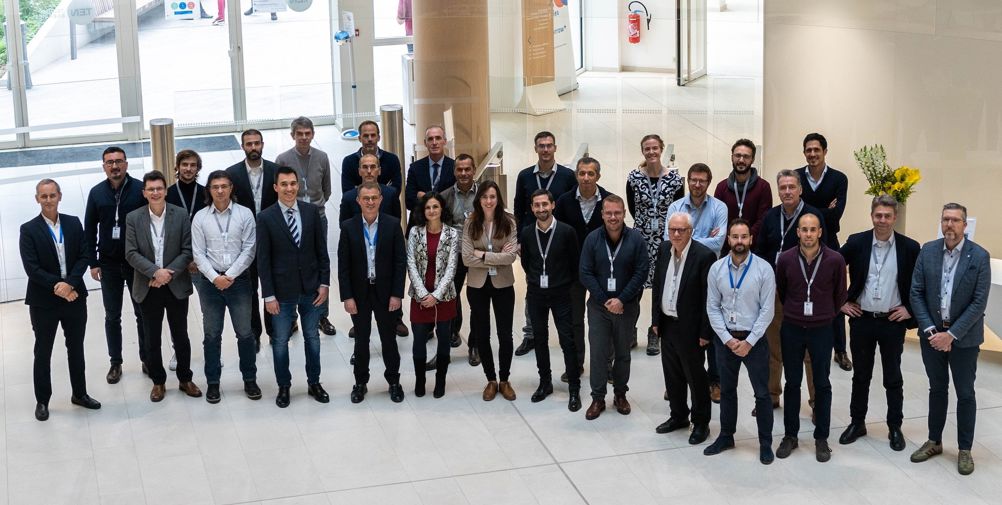Backed by €16m of EU Horizon funding, the NextFloat Project will see a 6MW floating wind platform developed by the partners and deployed at the Mistral test site in the French Mediterranean. In parallel, the project will also see the consortium develop a scaled up 20MW+ model based on feedback from prototype testing, with the larger platform designed to be rolled out on a commercial scale across Europe and beyond.
Related content
The project is set to be led by France’s Technip Energies and is due to run until 2027. The other partners in the consortium are X1Wind, Naturgy, 2B Energy, Hellenic Cables, Technical University of Denmark, Hydro, Ecole Centrale de Nantes, Schwartz Hautmont, Ocas, Tersan Shipyard, Ocean Ecostructures and Cybernetix.
“While the COP 27 just ended, we can only note that there is an urgent requirement for greater climate action and a swift transition to renewables energy,” said Laure Mandrou, SVP Carbon-Free Energy Solutions at Technip Energies.
“Floating wind is one of the lowest carbon electricity generation systems to meet the energy demand in a sustainable way while inducing better competitiveness, less noise and visual pollution, and less interaction with the users of the maritime domain. The NextFloat Project represents a unique opportunity to test a novel and disruptive version of this technology at full scale, driving cost curve reductions in order to deliver industrial-scale projects at the earliest possible stage.”

According to the consortium, NextFloat builds upon previous Horizon-backed projects such as PivotBuoy, which recently led to the installation of a part-scale prototype in the Canary Islands to validate mooring and connection technology for floating wind.
“After the successful deployment and validation of our innovative low-cost solution in the Canary Islands (PivotBuoy project), the goal now is to scale-up and industrialize the technology in advance of large commercial floating wind projects which will come online at the end of the decade across European, Asian and US waters,” said Alex Raventos, CEO and co-founder of Spain’s X1 Wind.
“This will allow us time to drive substantial improvements in the competitiveness of floating wind as we prepare for long-term mass deployment.”
Design work for the initial 6MW system is currently underway and scheduled to be finalised in 2023. Construction of the prototype is due in 2023 and 2024, ahead of installation at the Mistral site in 2025.











Radio wave weapon knocks out drone swarms
I hope they have assessed how easy it is to shield a drone against the attack. Hopefully the shielding would add too much weight.